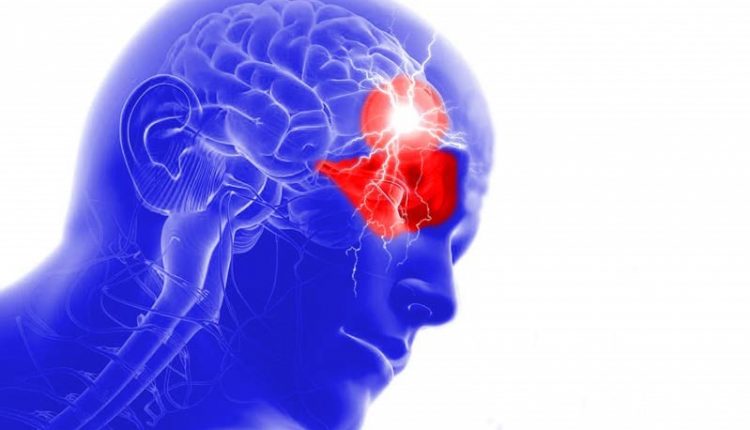
Head and neck cancers: treatment starts with prevention
Head and neck cancers account for about 10-12% of malignancies in the male gender and 4-5% in the female gender
They originate particularly in the area of the lips, tongue, throat, nasal cavities and paranasal sinuses, salivary glands, thyroid and parathyroid glands, and skin, and, today, diagnosis of these tumors is still complicated.
The risks of delayed diagnosis with head and neck cancers
When it comes to head and neck cancers, a real risk is late diagnosis, when the tumor is already at an advanced stage: this has an impact on the prognosis and the choice of treatment to be set.
Late diagnosis is often caused by misinformation of patients who do not immediately recognize the signs of the presence of a head and neck tumor, going late to the attention of the medical specialist.
For this reason, campaigns to raise awareness and provide information on risk factors and early symptoms of head and neck cancers, both aimed at citizens and medical personnel, are of great importance.
Head and neck cancers: the signs not to be underestimated
There are some alarm bells that may raise suspicion of head and neck cancer.
For example, a sore throat that is unresponsive to treatment, or a continuous and persistent headache, or voice tone disorders.
It is very important to learn to self-monitor through self-examination, thus assessing the presence of swelling along the lateral region of the neck or in the anterior compartment.
The presence of spots or swellings in the oral cavity may also be an indicator, or again the change of moles on the face could signify the presence of possible skin tumors.
Once these symptoms are found, you should contact your general practitioner and perform an ENT preventive examination, especially in the case of individuals who smoke or use alcoholic beverages.
Also important to remember are HPV infection-related cancers
It is often mistakenly thought that HPV-related cancers affect only the genital sphere; instead, a frequent HPV-related cancer is that of the pharynx.
We need to reiterate the importance of vaccination not only for young women but also for young men, around the age of 12, an age at which it is guaranteed by the National Health System.
The importance of specialized centers
It is important to refer to a Center with a medical team that specializes in recognizing this type of tumor because the diagnosis is often made by the ENT specialist who must be able to take advantage of innovative tools.
In addition, from the radiological point of view, knowledge of the head and neck district, which allows for the correct staging of a tumor, requires specific skills from both an anatomical and instrumental point of view.
Dedicated study protocols must be available, and communication between the radiologist and the surgeon is also important to avoid cases of overtreatment.
Read Also
Emergency Live Even More…Live: Download The New Free App Of Your Newspaper For IOS And Android
Head And Neck Cancers: Symptoms, Diagnosis And Treatment
Kidney Cancer: Causes, Symptoms And Treatment
Malignant Tumours Of The Oral Cavity: An Overview
Neuroendocrine Tumours: An Overview
Benign Tumours Of The Liver: We Discover Angioma, Focal Nodular Hyperplasia, Adenoma And Cysts
Tumours Of The Colon And Rectum: We Discover Colorectal Cancer
Tumours Of The Adrenal Gland: When The Oncological Component Joins The Endocrine Component
Brain Tumours: Symptoms, Classification, Diagnosis And Treatment
What Is Percutaneous Thermoablation Of Tumours And How Does It Work?
Colorectal Resection: In Which Cases The Removal Of A Colon Tract Is Necessary
Thyroid Cancers: Types, Symptoms, Diagnosis
Tumours Of Endothelial Tissues: Kaposi’s Sarcoma
Gastrointestinal Stromal Tumor (GIST)
Juvenile Gastrointestinal Polyposis: Causes, Symptoms, Diagnosis, Therapy
Diseases Of The Digestive System: Gastrointestinal Stromal Tumours (GISTs)



